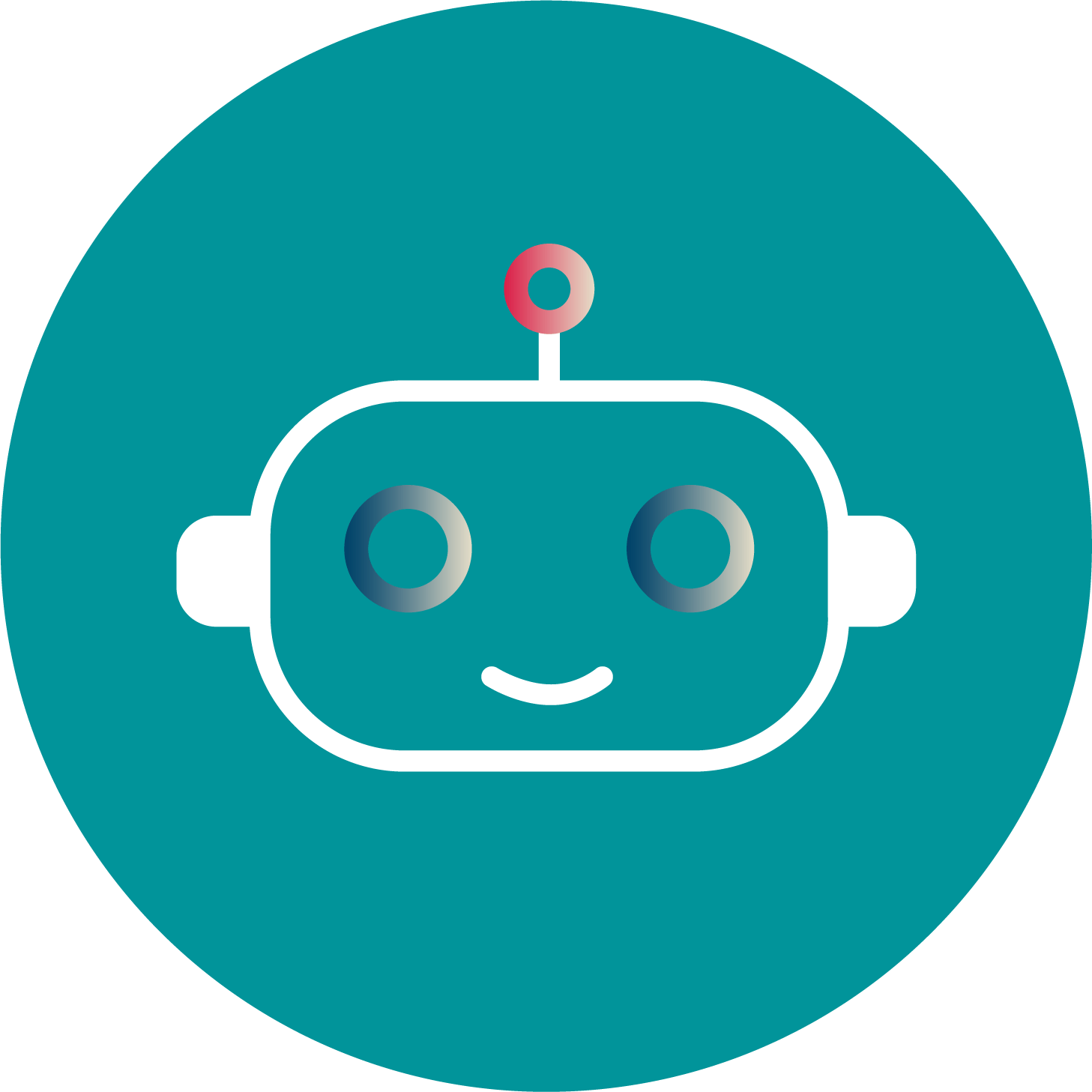Research Program
Algorithmic
Decision-Making
We study the intersection between algorithmic decision-making, ethics and public policy. Our goal is to understand and explore the functioning of the technology that enables automated algorithmic decision making and how such technologies shape our worldview and influence our decisions. We focus on situations where algorithmic decision making leads to biases or unfairness such as the use of algorithms for predictive policing, profiling and judicial decisions.
Algorithms can infer our sexual orientation, political stance and health status without us being aware. They also decide what products or news feeds are shown to us, as well as whether we get hired, fired or promoted, if we get a loan or insurance, among myriad other things.
Prof. Sandra Wachter
Oxford Internet Institute
Itay Alon
Algorithms can lead to bias
Depending on the data collected and aggregated, the foundational assumptions of the algorithms, biases can permeate into the decisions made. The input of biased, racist and sexist patterns, or data that is skewed in any manner, can create statistical patterns that create concerning echo chambers and shadow bans. We study how algorithms can become biased, and how the bias affects individuals and larger society.
Mocca Animations Studio
97 million
According to the World Economic Forum, 85 million jobs may be displaced by a shift in the division of labour between humans and machines by 2025, while 97 million new roles may emerge that are more adapted to the new division of labour between humans, machines and algorithms.
What is ?
Algorithmic
Decision-Making
Using outputs produced by algorithms to make decisions. One of the earliest forms of algorithmic decision-making that is still in use today in the United States is federal sentencing guidelines for judges. This involves nothing more than a weighted mathematical equation, drawn from statistics, that recommends a sentence length based on the attributes of the crime (Andersen L. Human Rights in the Age of Artificial Intelligence, Access Now, 2018).
Itay Alon
Making sense of algorithmic decision-making
Automated algorithmic decision involves the use of statistical models to output results that influence our decisions. This could range from the recommendations one may see on a search page or streaming service, the political ads or job ads you see, to the use of algorithmic decisions for law enforcement and predictive policing.
We explore the nuances and processes of algorithmic decision making, and assess the advantages and disadvantages caused to society by relying on algorithms. We seek to understand and convey the technical processes, ethical implications and collection of data that underlies how algorithms make decisions, and how these decisions influence us all.
Algorithmic Accountability
Policy experts and activists call for increased transparency in how algorithms work, the data that is collected, and in some cases, do away with automated decision making where there is a significant effect on an individual or avenue for discrimination. In this regard, we study policy efforts, legislation and institutional structures that will be required to tackle the issue of algorithmic bias, and contemplate frameworks for algorithmic accountability that will create more equitable outcomes.
Sasha Bazhenov
Alexander Rozhkov
AI pro bono
There is great potential for AI to be used for public good, improve access to justice, healthcare, and disaster management. However, ensuring that datasets that are fed into algorithms is not biased, is paramount for the protection of marginalized communities. Additionally, it is important for consumers to understand the implications of sharing their personal data, and the true extent of the impact algorithmic decision making has on an individual’s right to privacy. We study the interaction of these issues to ensure an ethical use of AI that works for us all.
Towards an ethical and fair use of AI
The use of AI remains dynamic and is changing every day. We track current developments in the use of AI, from contact tracing to police profiling. We monitor policy as it develops and understand the different approaches that can be taken to work towards a future where algorithmic decision making is implemented with accountability, transparency and collectively agreed upon standards.
Alexander Rozhkov
LifeSigner
Ethical by design
We hope to suggest meaningful policy interventions to increase transparency, education and fairness in the influence of these technologies on our daily lives, while acknowledging the revolutionary possibilities of AI to bring about public good.
Our Work

While the use of facial recognition technology could help recruiters streamline some processes, it is hard to believe that the long-standing issues of recruiting could be solved through algorithms knowing that existing datasets could perpetuate or even worsen the current biases that a human recruiter can have.
Our Crew
Join Us Aboard
To solve global challenges we need interdisciplinary and diverse research teams. We offer a safe haven for digital castaways, creative sailors and curious explorers. Do you share the same passion for making our digital society just and democratic?
Not a bot?



